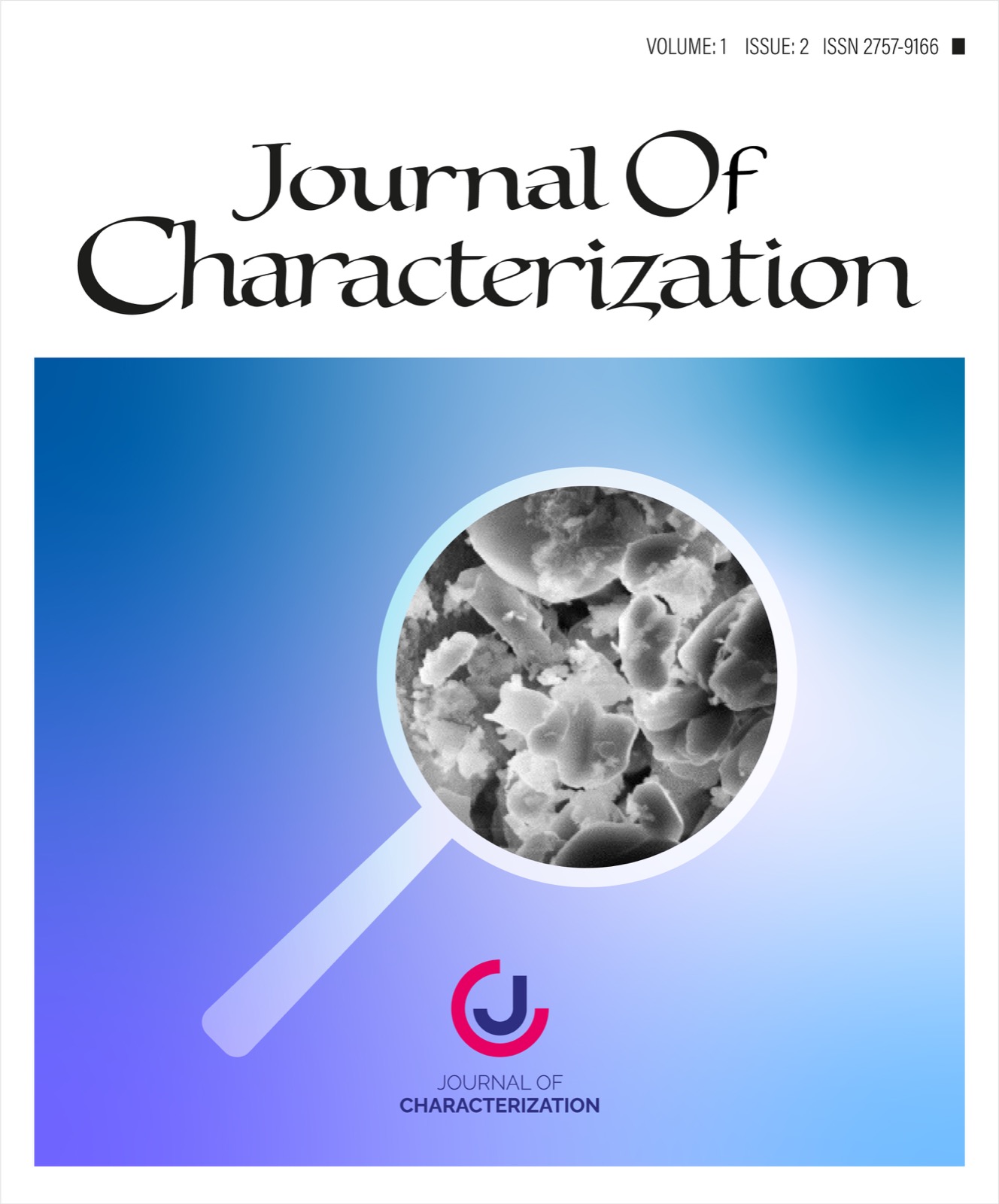Kısmi Matlanmış Camlarda Yaşanan Renk Farklılığı, Çizilme ve Temizleme Probleminin Analizi ve Çözümü
Author :
Abstract
Bu proje, kısmi mat ve kısmi parlak cam seri üretimindeki aynı partide görsel olarak ayırt edilebilen çizik, temizlenebilirlik ve renk farklılığı problemlerinin çözüm süreci ve yöntemleri ile ilgilidir. Kısmi mat cam üretim sürecinde, istenmeyen alanlarda yüzeylerin buzlanmaması için kesim camlara öncelikle aside dayanıklı boya ile serigrafi baskı yapılır. Ardından baskılı camlar asit düşüşünden geçer ve camların tüm yüzeyleri asitle kaplanır. Yıkama ve kurutma işlemlerinden sonra cam paspas işlemi tamamlanır. Daha sonra camlar, taşlama, delme, emaye boya ile serigrafi ve temperleme gibi standart temperli cam işlemlerine devam eder. Emaye boya ile baskı camın asitle aşındırılmamış arka yüzüne yapılır. Ancak seri üretimde camların görünümünün zamanın ilerlemesiyle farklılaştığı anlaşılmıştır. Öte yandan bazı camlar çizilme ve temizlenebilirlik testlerini geçememektedir. Gözlükler kuru bir bezle silindiğinde çizikler tamamen silinmez ve bezin parçacıkları yüzeyde kalır. Ürün kalitesini iyileştirmek ve üretim koşullarını standart hale getirmek için deneyler tasarlanır ve yüzey pürüzlülüğü, parlaklık ve geçirgenlik değerleri toplanır ve istatistiksel analizler yapılır. İstatistiksel analizler sonucunda asit düşme tankındaki asit yoğunluğunun zamanla azaldığı gözlemlenmiştir. Bu nedenle mat yüzeyin opaklığının azaldığı ve bu azalmanın mat yüzeyin parlaklık değerinde artışa neden olduğu anlaşılmaktadır. Parlaklık değerindeki artış, emaye baskılı alanların görünümünde görsel bir farklılığa neden olur. Ayrıca regresyon analizi sayesinde konveyör 4'ün hızının ve asit düşüşünün akış hızının çizilmeye ve temizlenebilirlik sorunlarına neden olduğu anlaşılmıştır. Bu bildiride istatistikler ve test koşulları ve sonuçları ile sonuçların değerlendirilmesinde yapılan iyileştirmeler detaylı olarak anlatılacaktır.
Keywords
Abstract
This project is about the solution process and methods of scratch, cleanability, and color difference -which is visually distinguishable in the same batch- problems in the mass production of partial matt and partial shiny glass. In the production process of partial matt glass, the cut glasses are firstly screen printed with acid-resistant paint to prevent frosted surfaces in the unwanted areas. Then, the printed glasses go through the acid fall, and all the surfaces of the glasses are covered with acid. After the washing and drying processes, the glass matting process is completed. Afterward, glasses proceed with standard tempered glass processes such as grinding, drilling, screen printing with enamel paint, and tempering. The printing with enamel paint is done on the glass’s reverse side, which is not etched with acid. However, it is realized that the appearance of the glasses differentiates in the progress of time in mass production. On the other hand, some glasses cannot pass the scratch and the cleanability tests. When the glasses are wiped with a dry cloth, the scratch marks are not completely erased and the particles of the cloth remain on the surface. To improve product quality and standardize the production circumstances, experiments are designed and the surface roughness, gloss, and transmittance values are gathered and statistical analyzes are done. As a result of statistical analysis is observed that the density of acid in the acid-fall tank is decreasing over time. Therefore, it is understood that the opaqueness of the matt surface is decreasing and this decrease causes an increase in the gloss value of the matt surface. The increase in the gloss value causes a visual difference in the appearance of the enamel printed areas. Also, it is understood -thanks to regression analysis- that conveyor 4’s velocity and the flow rate of the acid-fall cause the scratch and the cleanability problems. In this paper, statistics and test conditions and results, and the improvements made in the consideration of the results will be explained in detail.
Keywords
- [1] Park, H.; Cho, J. H.; Jung, J. H.; Duy, P. P.; Le, A. H. T.; Yi, J. A Review of Wet Chemical Etching of Glasses in Hydrofluoric Acid Based Solution for Thin Film Silicon Solar Cell Application. Curr. photovolt. res. 2017, 5 (3), 75–82.
- [2] Davidson, A. Methods of Processing Monocrystalline Materials. In Handbook of Precision Engineering; Macmillan Education UK: London, 1971; pp 192–266.
- [3] Spierings, G. A. C. M. Wet Chemical Etching of Silicate Glasses in Hydrofluoric Acid Based Solutions. J. Mater. Sci. 1993, 28 (23), 6261–6273.
- [4] Wood Russell K. 98th Annual Meeting and the Ceramic Manufacturing Council’s Workshop and Exposition: Materials & Equipment/Whitewares: Ceramic Engineering and Science Proceedings, Volume 18, Issue 2; Wood, R. K., Ed.; John Wiley & Sons, Inc.: Hoboken, NJ, USA, 1997.
- [5] Park, H.; Nam, S.-H.; Shin, M.; Ju, M.; Lee, Y.-J.; Yu, J.-H.; Jung, J.; Kim, S.; Ahn, S.; Boo, J.-H.; Yi, J. Method for Fabricating Textured High-Haze ZnO:Al Transparent Conduction Oxide Films on Chemically Etched Glass Substrates. J. Nanosci. Nanotechnol. 2016, 16 (5), 4886–4892.
- [6] Electropolishing, H. Ra & RMS Surface Roughness Calculation - Surface Finish Formulas http://www.harrisonep.com/electropolishing-ra.html (accessed Sep 16, 2021).
- [7] C. J. Barr, L. Wang, J. K. Coffey, and F. Daver, Influence of Surface Texturing on Scratch/Mar Visibility for polymeric materials, Sep 23, 2016.
- [8] Aretha Heitor VERÍSSIMO,Dayanne Monielle Duarte MOURA,João Paulo Mendes TRIBST, Arthur Magno Medeiros de ARAÚJO, Fabíola Pessôa Pereira LEITE, Rodrigo Othávio de Assunção e SOUZA, Effect of hydrofluoric acid concentration and etching time on resinbond strength to different glass ceramics, Mar 26,2019
- [9] F. M. Ezz-Eldin,T. D. Abd-Elaziz,N. A. Elalaily, Effect of dilute HF solutions on chemical, optical, and mechanicalproperties of soda–lime–silica glass, June 22 2010.
- [10] Hyeongsik Park,Bo Seok Kim,Junhee Jung,Duy Phong Pham,HF etched glass substrates for improved thin-film solar cells,October,2018
- [11] Avila-Sierra, Alejandro; Zhang, Zhenyu J.; Fryer, Peter J., 2019, 'Effect of surface characteristics on cleaning performance for CIP system in food processing', Energy Procedia, vol. 161, pp. 115-122.
